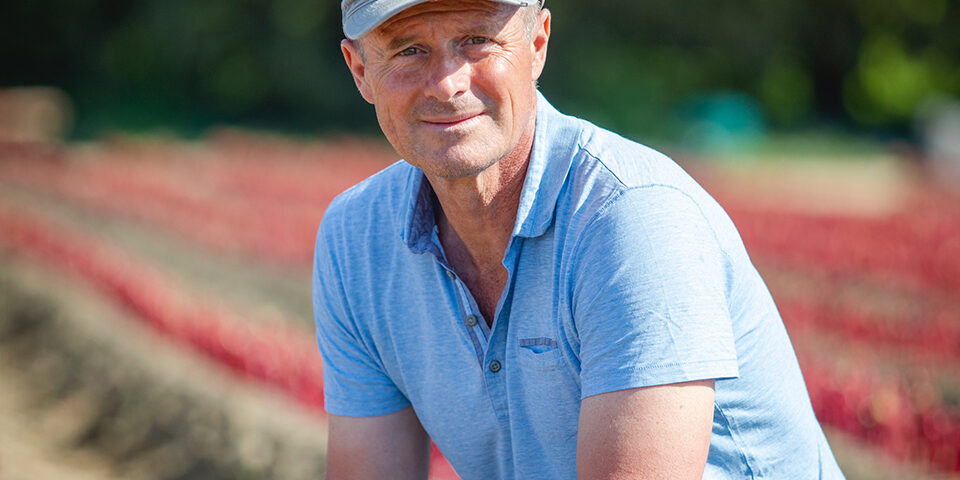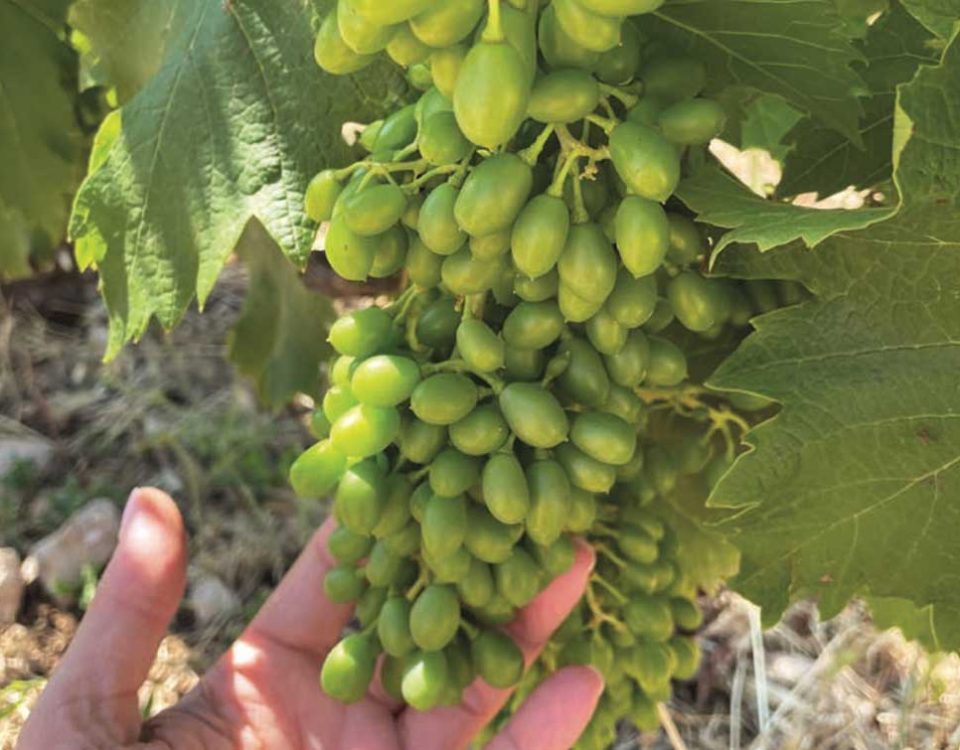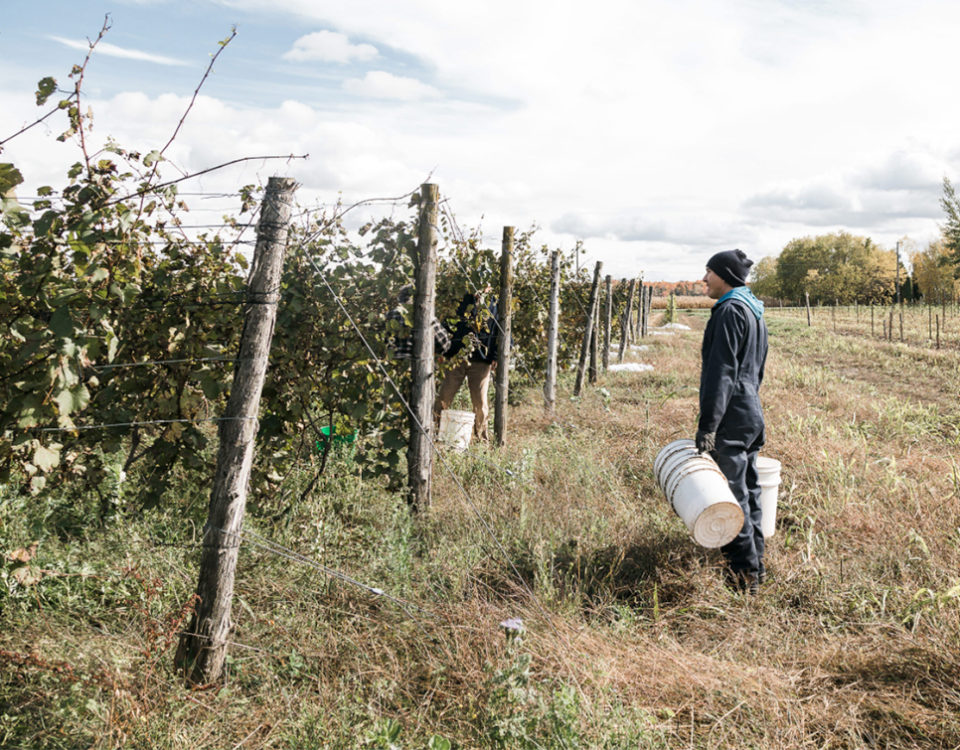The Importance of Plant Material

This article originally appeared in the Spring 2022 print issue of Quench Magazine. Michelle Bouffard talks to Lilian Bérillon about his work and his vision. Find out why Bérillon’s great work and dedication are critical for the future of wine, especially in the context of climate change.
Lilian Bérillon is passionate, a man without compromise.
Early in his career he was distraught at the declining age of vineyards in France and elsewhere in Europe, noting that vines that used to have a life expectancy of 80 to 100 years now averaged 20 to 25 years. Bérillon’s observations led him to start his own nursery in the Southern Rhône more than fifteen years ago with the goal of preserving existing genetic plant material, selling healthy vines, and offering solutions to producers. Bérillon believes that by adopting best practices in the nursery and in the vineyard, vines will not only live longer, but they will be able to adapt to climate change.
So – what does Bérillon do differently than other nurseries? Many things, and every step is important. A visit to his nursery in Villeneuve is enlightening. First, all his 2.5 million vines are grafted by hand, and he favours the old-style whip grafting method over the machine omega grafting. Bérillon claims a better welding occurs between the rootstock (American rootstock) and the scion (vitis vinifera) with this technique.
Massal selection is also preferred over clonal selection. This method preserves genetic diversity by propagating a multitude of isolated individuals in multiple vineyards according to their characteristics, rather than focusing on clones which reduce diversity. However, while massal selection is allowed for the scion, it is not at this time permitted for rootstock selection. This is a mistake, he thinks. “Science has weakened many rootstocks which were not declining before. 161-49 Couderc favoured in Burgundy is an example,” Bérillon points out.



